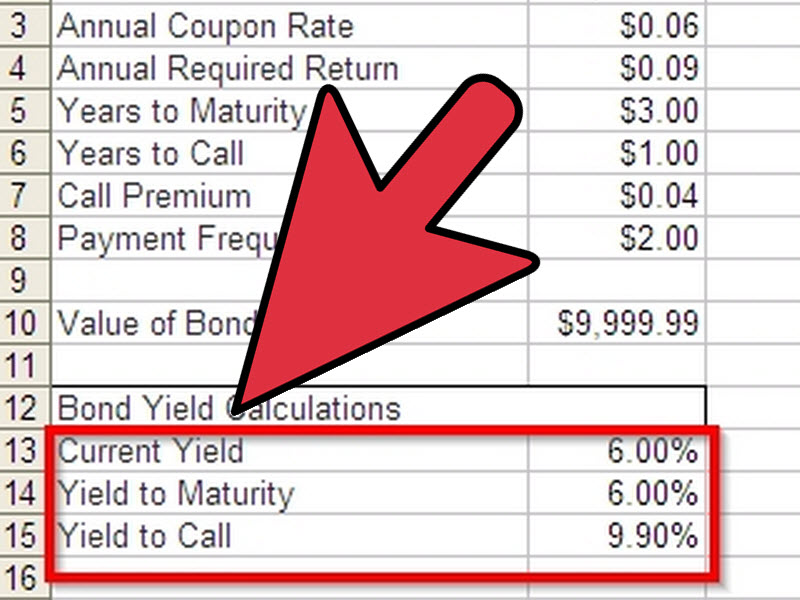Featured
- Get link
- X
- Other Apps
How To Calculate Percentage Yield
How To Calculate Percentage Yield. By using the following formula, we can easily solve the percent yield in the experiment. The percentage yield is calculated using this formula:

Calculate the percent yield of a chemical reaction with this calculator. By doing so, you will find your gain or loss. Plug the yields from step 1.
Start With The Pure, Known Iron Compound (Fe) And Calculate Its Number Of Moles.
To calculate the percentage yield, we find the ratio of actual yield and expected yield. Then, you have to divide the profit or loss by the total ending value to calculate the average yield as a decimal. Identify the actual/experimental yield for the given chemical reaction.
The Actual Yield Of 37 G Is The Amount Of Product That Is Weighed At The End Of A Reaction;
The calculation is simple if you know the actual and theoretical yields. The calculation of the annual percentage yield is based on the following equation: Here are the steps to follow for this annual percentage yield calculator:
Example To Determine The Theoretical Yield, Multiply The Mass Of Acetaminophen, Reported As 0.157G, By The Molar Mass Of.
The percentage yield was calculated to be 48%. \[percentage~yield = \frac{yield~obtained}{theoretical~yield} \times 100\] for example, if the predicted yield is 20 g. An annual percentage yield calculator will teach you how to calculate percent yield as well as the formula and definition of percent yield annually.
To Calculate A Percentage Return, You First Need To Understand How Your Investments Perform.
If the actual and theoretical yield is the same, the percent yield is. Percent yield = (actual yield/theoretical yield) x 100. Identify the theoretical yield for the given chemical reaction.
By Doing So, You Will Find Your Gain Or Loss.
So, the percentage yield becomes, p = (1.5/2) × 100 % = 75%. How to calculate percent yield? So, now comes the last step.
Comments
Post a Comment